One October morning, I accompany a farmer, Morut, to his farming establishment in Lilongwe rural. I am working on his company website and need to get some photo content.
We leave the city very early in the morning. The distance to our first stop is just under 60km. A village north-east of Kasiya trading centre.
Kasiya is an important farming area for maize, tobacco and legumes in Lilongwe.
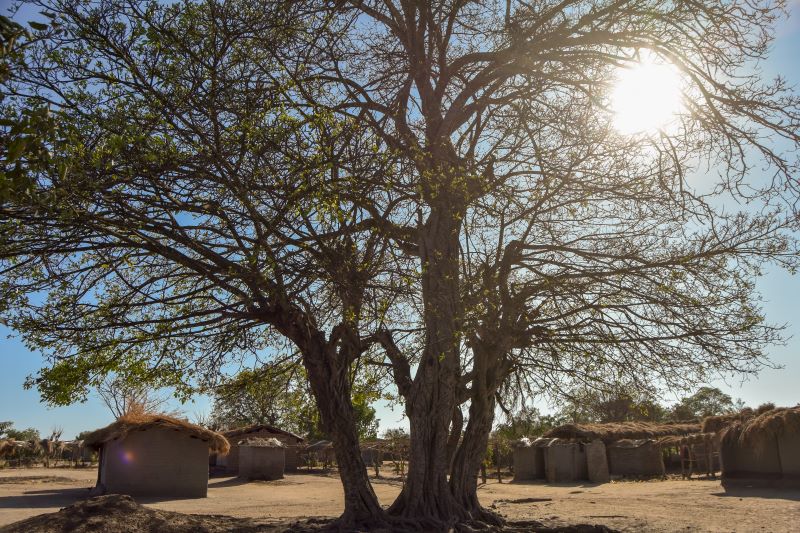
The village is quiet. I see a few men huddled around a radio at a small shop at what looks like the village market. Other men are going about their business. I don’t see any women.
Surprisingly, being a school day, I am seeing many children just milling around. But then again, we left town rather early.
There is a lot of movement of goats and cattle.
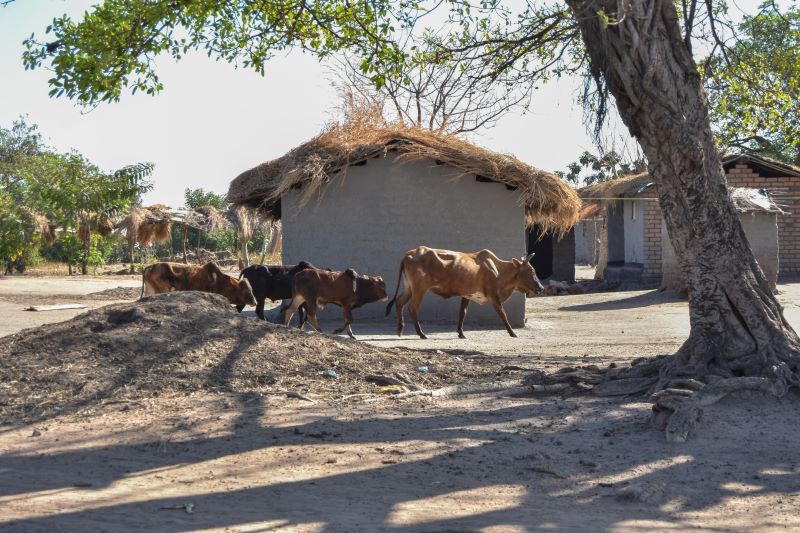
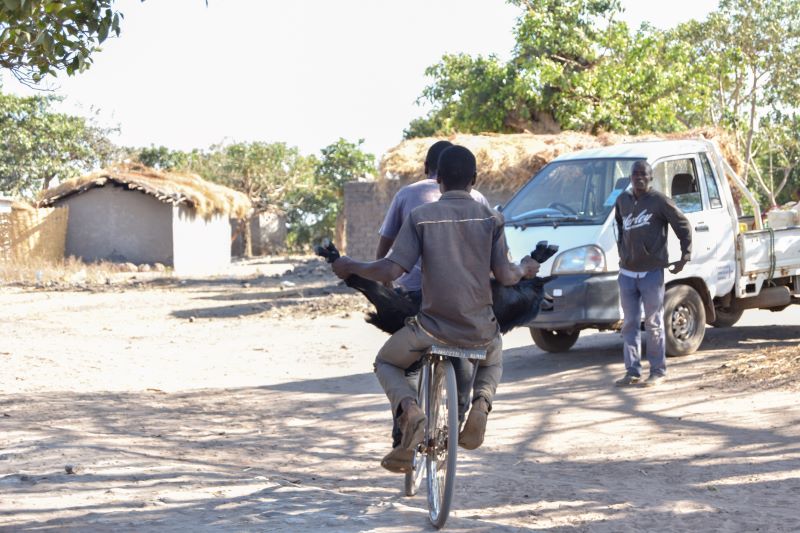
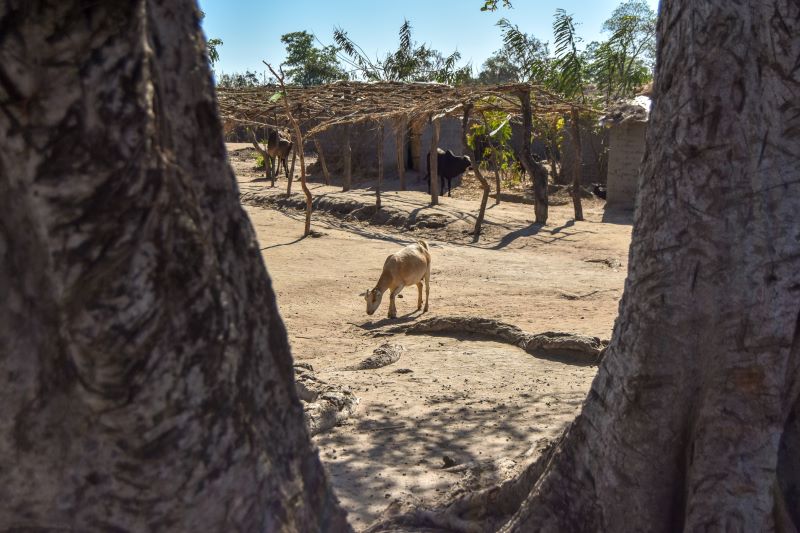
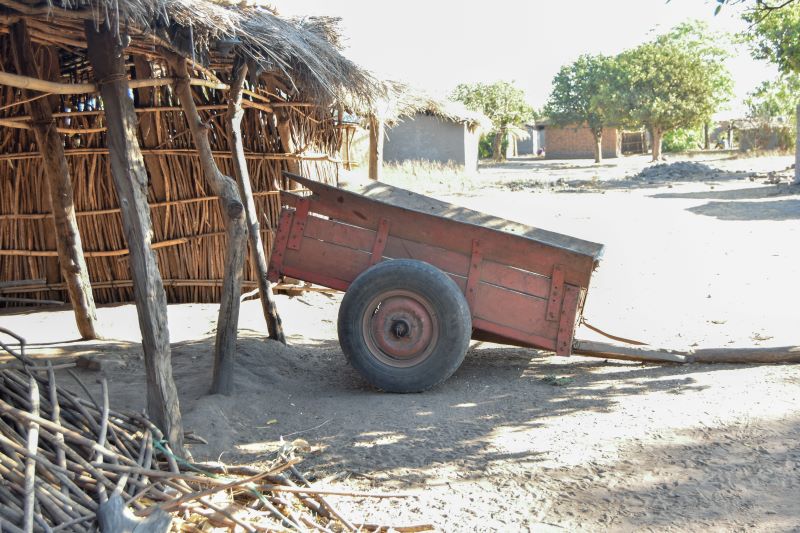
Fueling the tractor
In this village, we were meeting Morut’s tractor driver. The tractor is parked outside the village chief’s house overnight for safekeeping. It has been contracted out to a tobacco merchant to till the land for tobacco contract farmers in the area.
There are no filling stations for miles in both directions, so we have brought some fuel for the tractor to use for the next couple of days.
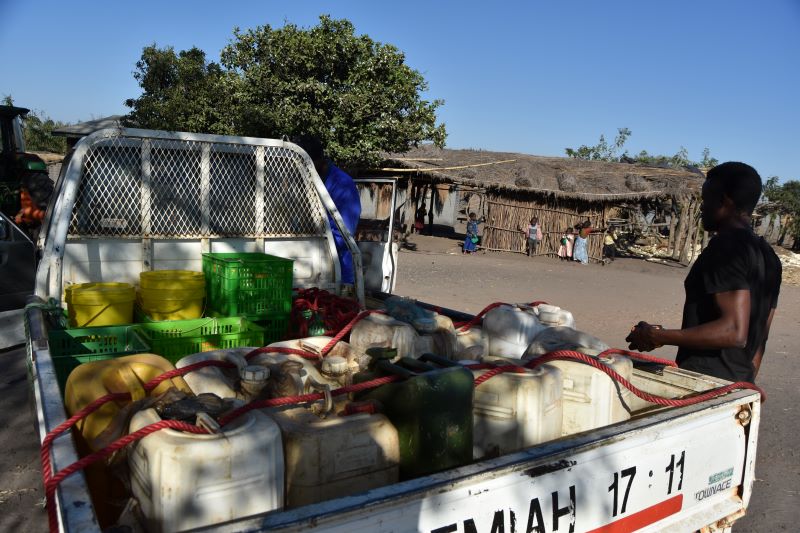
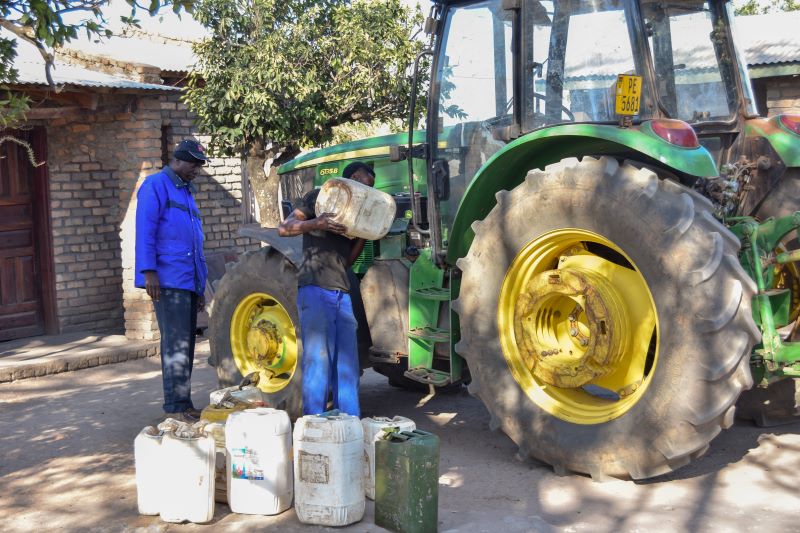
When done with the refuelling, we drive out some 15km past Kasiya trading centre heading to Morut’s farm.
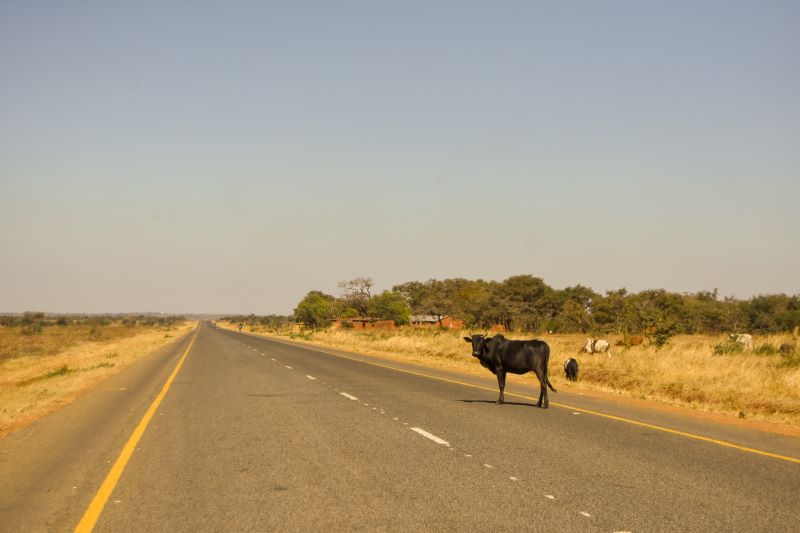
There are lots of cows in the area. I am tempted to crack a few cow jokes but I will spare you the agony.
The tar road ends at the Kasiya trading centre. I understand that the road should have been tarred all the way to the Mchinji road end but the project stalled.
From Kasiya we take narrow dirt roads in the village. Here again, I notice that in certain villages, there are a lot of school-age-going children simply milling around. I am more than sure classes have started at this time of day. Could those younger children go to school later in the day? I really don’t know.
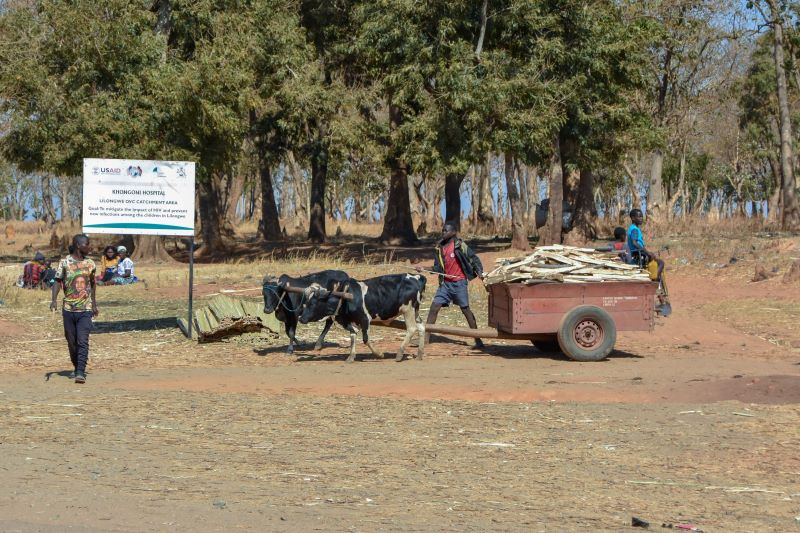
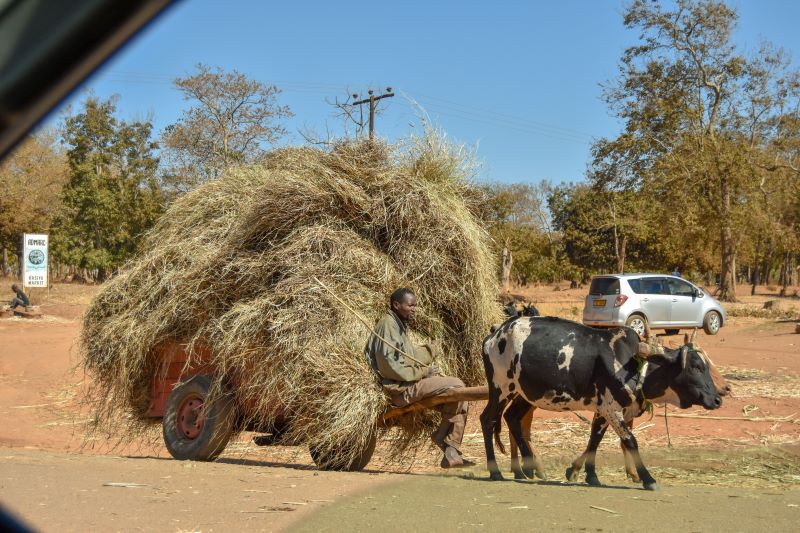
On the banks of the Bua
The last section of the road before the farm is a very bumpy section across a dry river bed. The surface is made uneven by cow hooves as the loamy ground is drying up.
We finally make it onto the farm, a 200-hectare estate on the border of Lilongwe and Mchinji districts. Morut primarily grows maize and legumes. But other farming activities take place too.
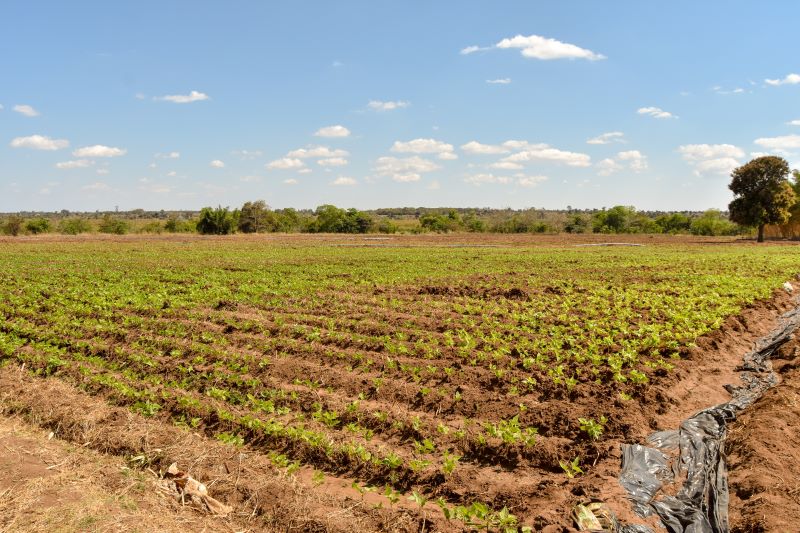
The farm is on the banks of the Bua River and uses water from the river to irrigate their crops.
At the water pumping point, there is a narrow gap in the very tall reeds that have now covered the surface of the river. A wooden boat shuttles people and goods across the Bua River between Mchinji and Lilongwe.
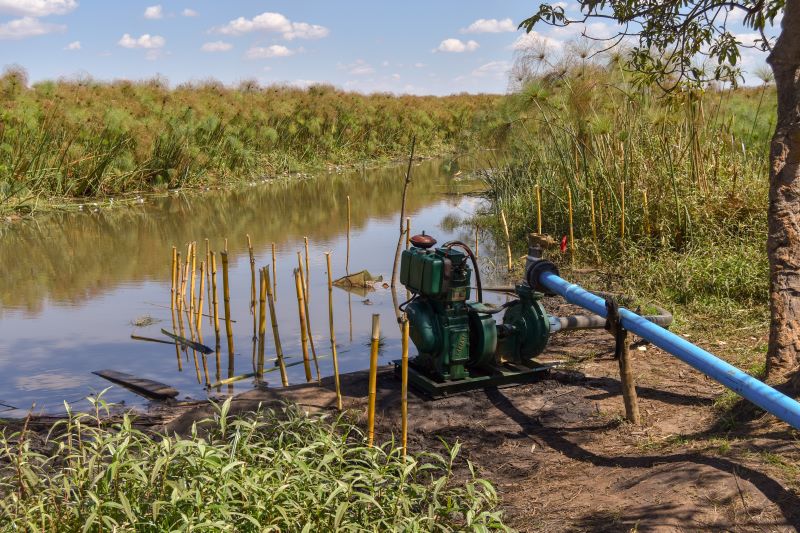
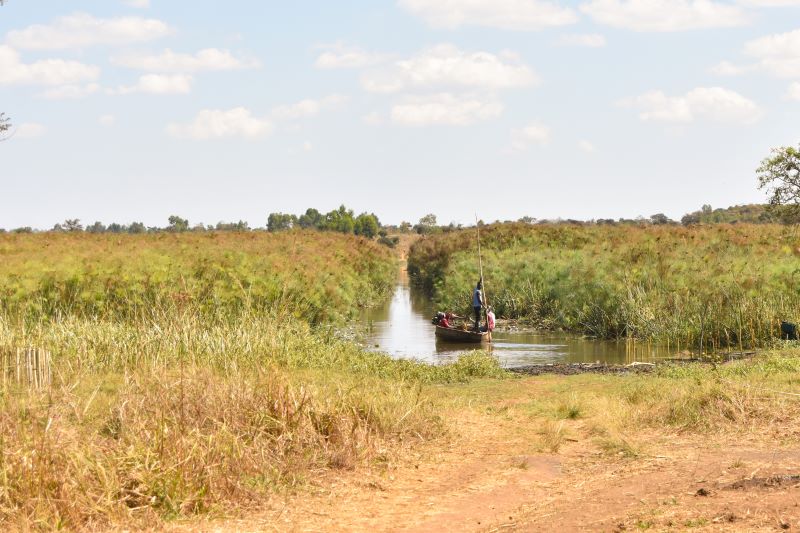
Vegetable farming
A short distance away from the river is a relatively large vegetable patch. There are tomatoes, onions, green peppers and other crops.
Morut harvests the tomatoes and other vegetables from this patch every few days for sale in Lilongwe city.
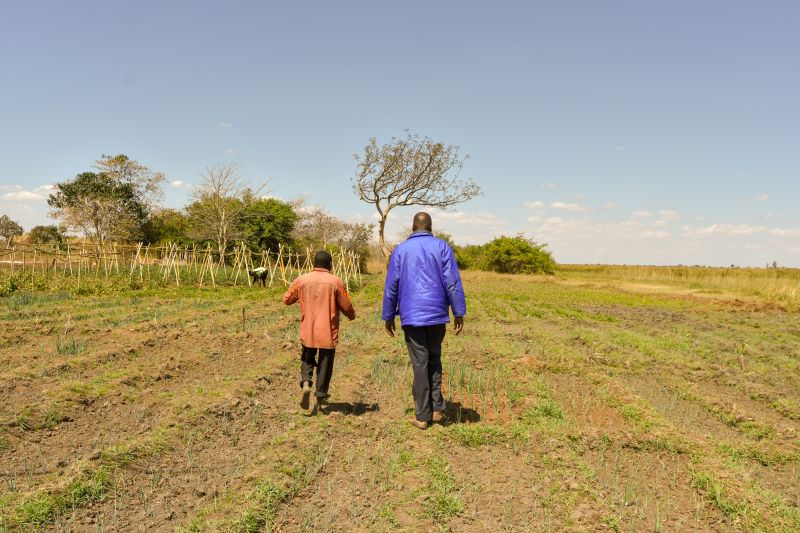
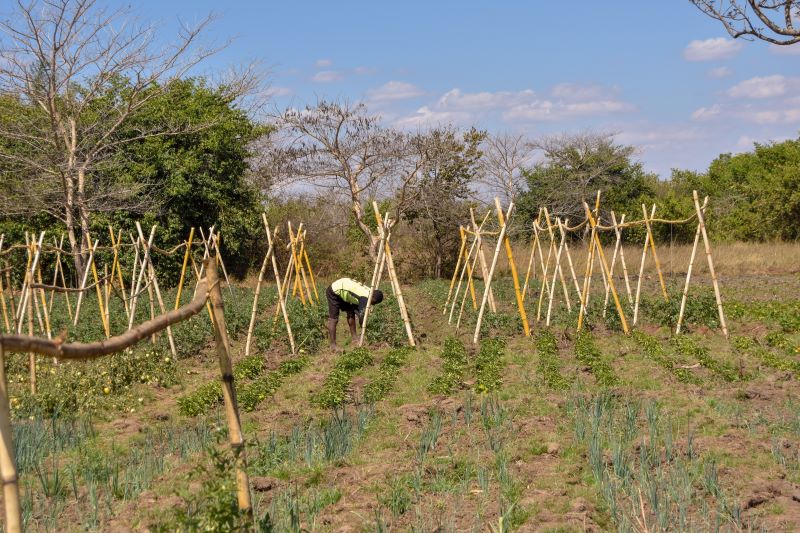
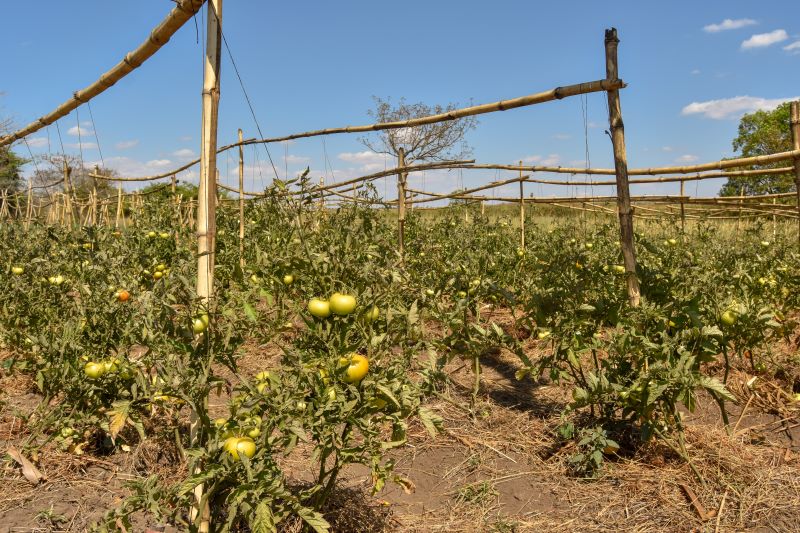
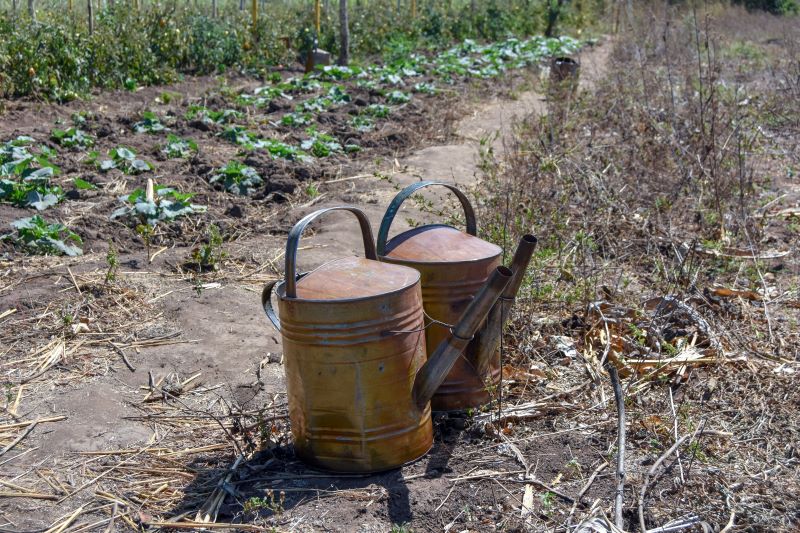
Beekeeping
The farm has over a hundred bee hives spread out in its many woodlots. The woodlots and nearby Bua River provide the perfect place for the bees to thrive.
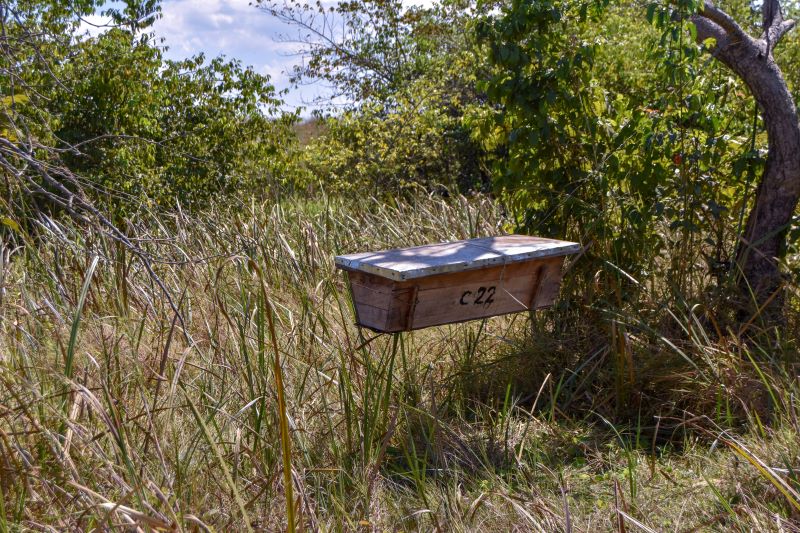
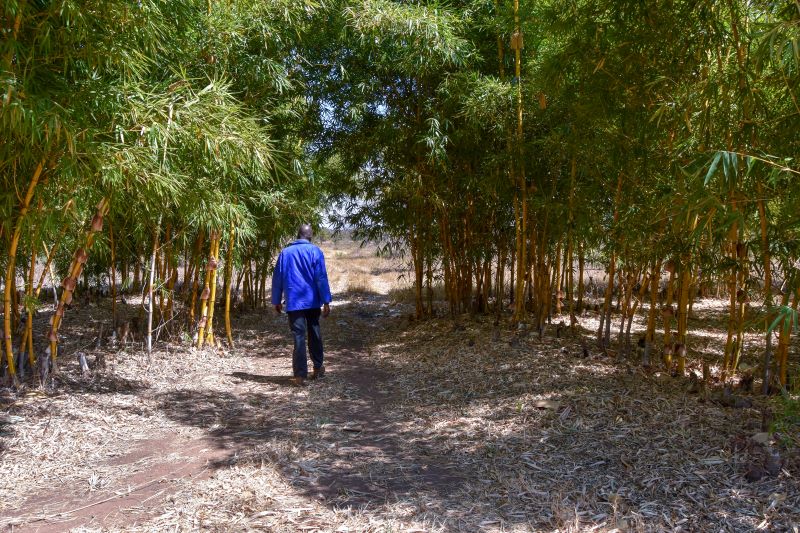
After checking up on the hives, we head to the farm office. We find a healthy harvest of tomatoes which are loaded into the pickup and ready for market.
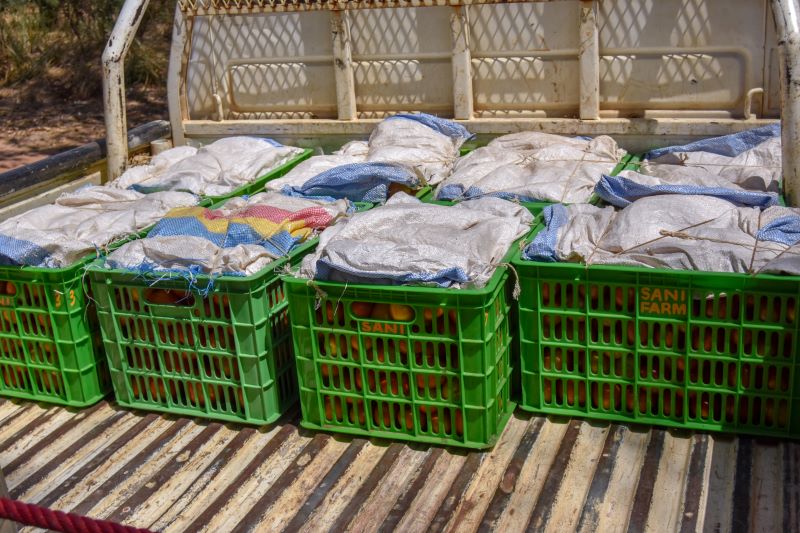
Macadamia pollination
In the afternoon we head southeast into Gala Macs Agriculture‘s Kalokwe Macadamia Estate. Morut has several bee hives on the estate that are contracted out for pollination services.
He inspects the different sites regularly together with a staff member from the estate.
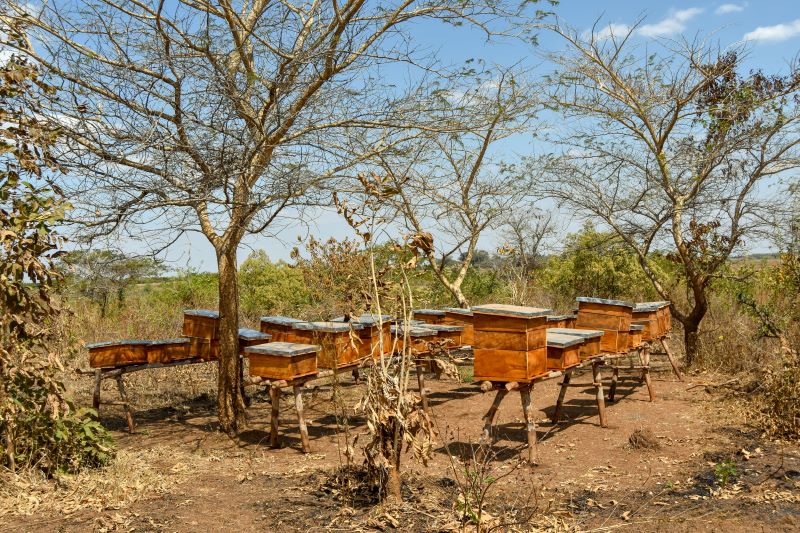
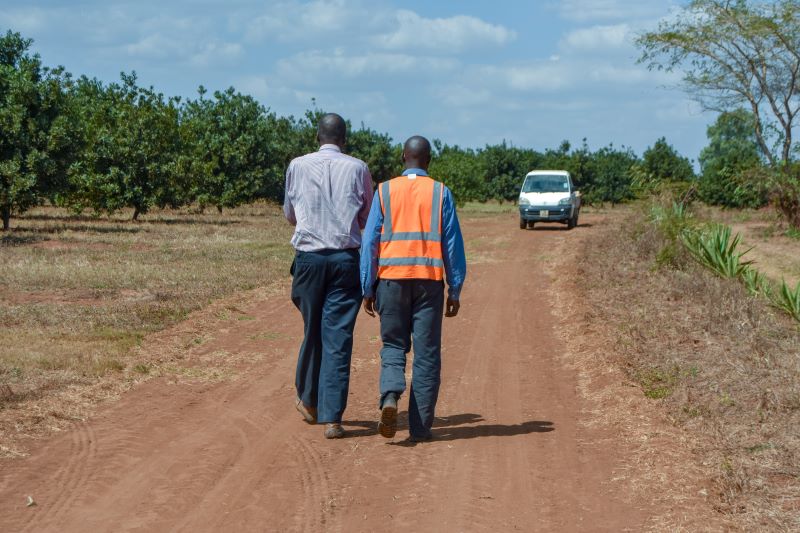
It is mid-afternoon now. Morut’s tasks for the day are done. We head out back to town.
It has been a long, hot and dusty day. But I have seen and learned a lot.
To receive an occasional email of stories from the #LifeUnbound blog and other gems, subscribe below.
